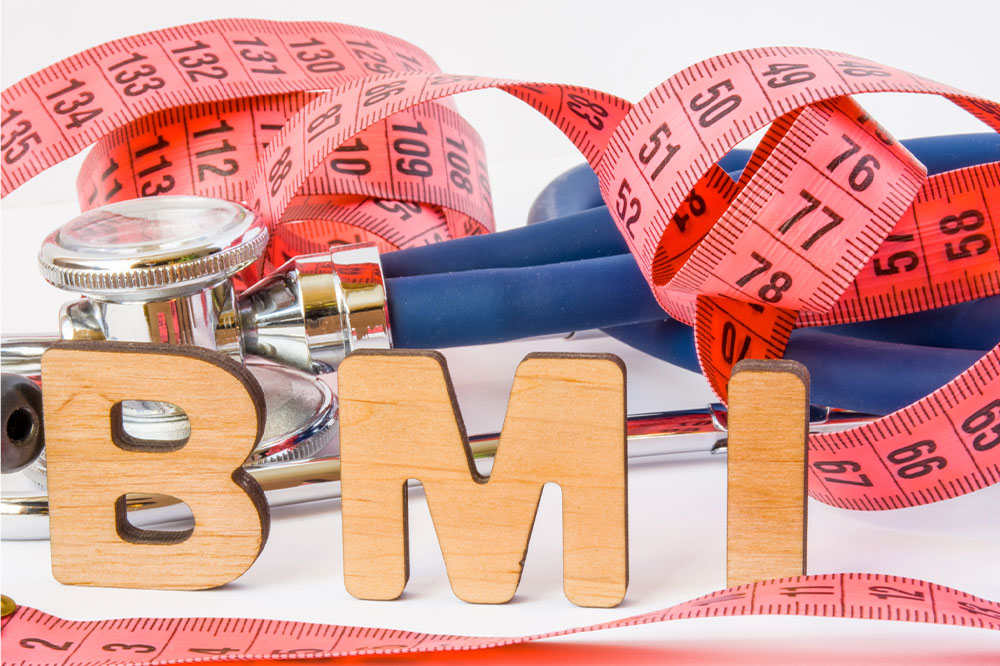Understanding Body Mass Index (BMI) in Women for Better Health
Learn about the significance of BMI in women's health, how it differs from men's, and its impact on reproductive and overall wellness. Discover tips to maintain a healthy weight and optimize your health through proper BMI management.

Understanding Body Mass Index (BMI) in Women for Better Health
What is BMI?
Body Mass Index (BMI), also called the Quetelet Index, is a measure derived from a person's weight and height. It is calculated by dividing body weight by the square of height, expressed as kg/m2. BMI provides an estimate of body tissue mass, including fat, muscle, and bones. Based on the BMI value, individuals are classified into categories: underweight, normal weight, overweight, or obese.
Differences in BMI between Women and Men
Women generally have higher body fat percentages, while men tend to have more muscle mass. There’s no separate calculator for women or men; BMI calculations are universal. Athletic or muscular individuals might have their body fat overestimated. A waist-to-height ratio of 0.5 is considered healthy. Typically, women's BMI is slightly lower than men's. Women naturally carry more fat, which is normal and expected.
Men usually have more muscle, which weighs more than fat, leading to differences in BMI between genders. Normal body fat ranges are about 33% for women and 25% for men. If your body fat percentage is around these levels, your BMI likely falls within the healthy range.
Impact of BMI on Women's Health
Women over 20 years should use BMI charts to assess their health. Excess weight or obesity increases the risk of health issues, including fertility problems. Underweight women may also experience reproductive health issues. Ideally, reproductive health is optimized when BMI is within the mid-normal range. A BMI below 23 or 22 may hinder conception, and obesity can lead to irregular periods. Maintaining a BMI in the normal middle range supports reproductive health.
For those with readings indicating underweight, overweight, or obesity, consulting a healthcare professional is essential. Adopting a nutritious diet and regular exercise can help attain a healthy BMI.







